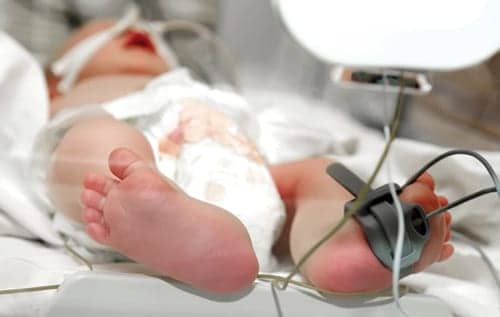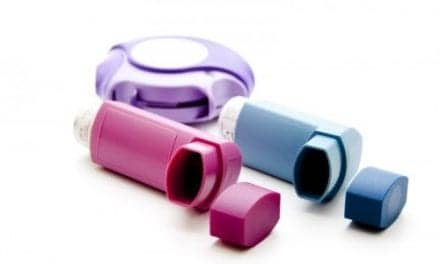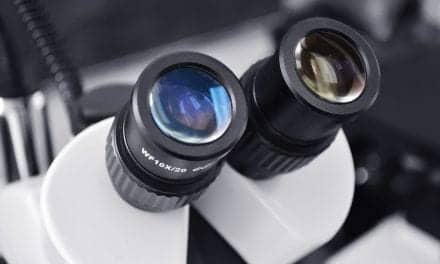A clinician from Boston Children’s Hospital discusses the use of endoscopy during pediatric nasal intubation.
By Phyllis Hanlon
As a nurse practitioner at Boston Children’s Hospital, Micayla Hinds, MSN, CPNP, PNP in ENT, has performed her share of pediatric intubations. She does most of these procedures on an outpatient basis when patients present with possible adenoid hypertrophy, reflux, vocal chord function/structure or Eustachian tube function/structure.
Hinds pointed out that the majority of laryngoscopy she performs is flexible and done through the nose. “I am most familiar with and prefer the Storz flexible endoscopes,” she noted. While a distal chip scope provides a clearer image than a flexible fiberoptic laryngoscope, Hinds noted that children have difficulty tolerating the latter devices.
Although she is experienced, Hinds explained that working with children requires not only technical and clinical skills, but also the ability to calm anxiety.
“When having to use a flexible endoscope to perform a laryngoscopy on a child, the biggest challenge is cooperation and fear of the unknown,” she said. “I am a pediatric nurse practitioner, so have never done this on an adult, but when observing the procedure in an adult, I do notice that they are much more cooperative and less scared [than children] for the most part.”
Just as with any type of intubation tool, training on endoscopes involves lots of practice and becoming familiar with the equipment, according to Hinds. While complications during nasal intubation procedures are usually minimal, there are some potential adverse effects. Mild to moderate bleeding and damage to surrounding structures, such as retropharyngeal perforation could occur, Hinds said.
Phyllis Hanlon is a contributing writer to RT. For further information, contact [email protected].










